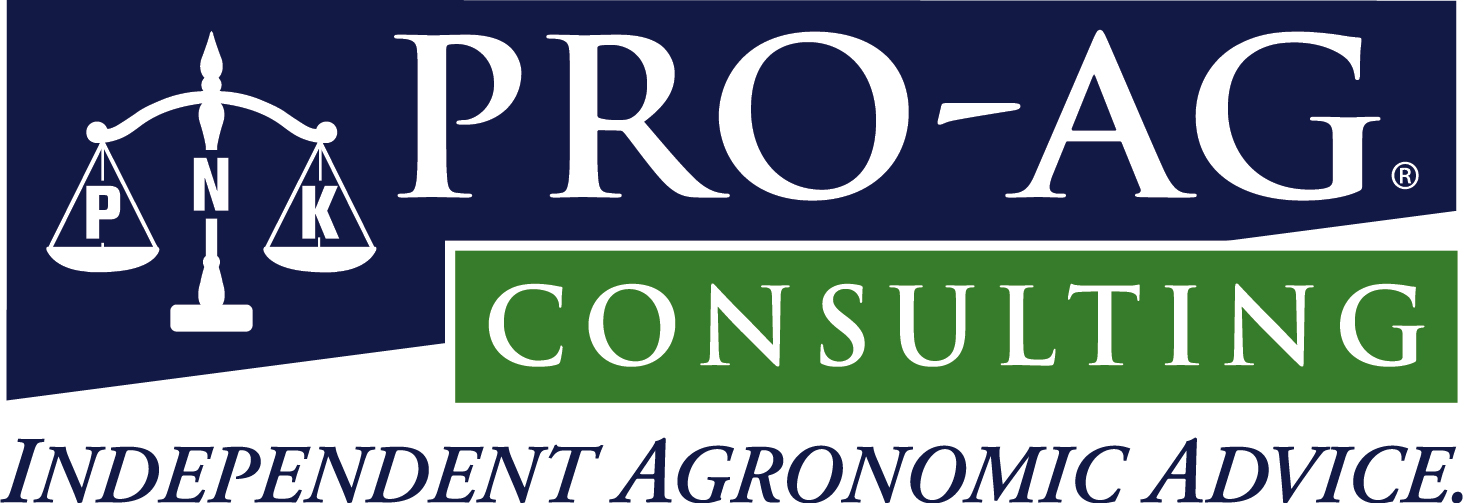Recently, the Illinois Society of Professional Farm Managers and Rural Appraisers announced 2014 cash rents on professionally managed farmland. Overall, 2014 cash rents on professionally managed farmland are projected to be lower than 2013 rents, perhaps signaling a move to lower cash rents in broader categories of farmland in 2015.
Professionally Managed Cash Rents
The Illinois Society announced cash rental estimates at a Land Values Conference held in Bloomington, Illinois on March 20th. Presentations made at the conference are available here.
The Illinois Society provides mid-point estimates of cash rents for four farmland categories:
Excellent quality farmland — expected corn yields above 190 bushels per acre,
Good quality farmland — expected corn yields between 170 to 190 bushels per acre,
Average quality farmland — expected corn yields between 150 to 170 bushels per acre, and
Fair quality farmland — expected corn yields less than 150 bushels per acre.
For excellent quality farmland, mid-point cash rent decreased from $396 per acre in 2013 to $375 per acre in 2014, a decrease of $21 per acre (see Table 1). Other cash rent categories had similar decreases. Cash rents on good quality farmland declined from $339 in 2013 to $323 in 2014, a decrease of $16 per acre. Average quality farmland rents decrease from $285 in 2013 to $277 in 2014, a decrease of $8 per acre. Fair quality farmland decreased from $235 in 2013 to $219 in 2014, a decrease of $16 per acre.
Commentary
Cash rents on professionally managed farmland differ from “average” cash rents in at least two respects. First, professionally managed cash rents are higher than average cash rents. In 2013, professionally managed cash rents were $73 per acre higher than average cash rents reported by the National Agricultural Statistical Service (see here for more details).
Second, cash rents on professionally managed farmland increased faster than average cash rents between 2006 and 2013. During this period, agricultural returns were relatively high, thereby supporting higher cash rents. Professional farm managers likely were more aware of market conditions than typical land owners, leading to higher cash rents on professionally managed farmland. The decline in 2014 cash rents on professionally managed farmland may have resulted because of lower commodity prices occurring since summer of 2013, signaling lower returns in 2014 and the need to adjust cash rents downward.

Because of these differences, a decrease in professionally managed farmland in 2014 does not indicate that the average cash rent on farmland will decrease in 2014. Because of lagged relationships between agricultural returns and cash rents, average cash rents may not decrease. In fact, it is possible that there will be modest increases in the average cash rents for 2014 released by the National Agricultural Statistical Service in September of this year.
However, 2014 decreases in professional cash rents may signal a broader decrease in cash rents moving into 2015. Average cash rents may decreases, particularly if commodity prices are low. Corn prices below $4.00 per bushel likely will lead to larger decreases in cash rents while prices nearer $4.50 per bushel will lead to more modest decreases.
Summary
Decreases in 2014 cash rents on professionally managed farmland result from much lower corn and soybean prices since the summer of 2013. If corn prices remain in the low $4 per bushel range, average cash rents may decrease in 2015. Even with projected 2014 cash rent decreases, cash rents on professionally managed farmland will have to decrease further to match agricultural return levels associated with lower commodity prices.
